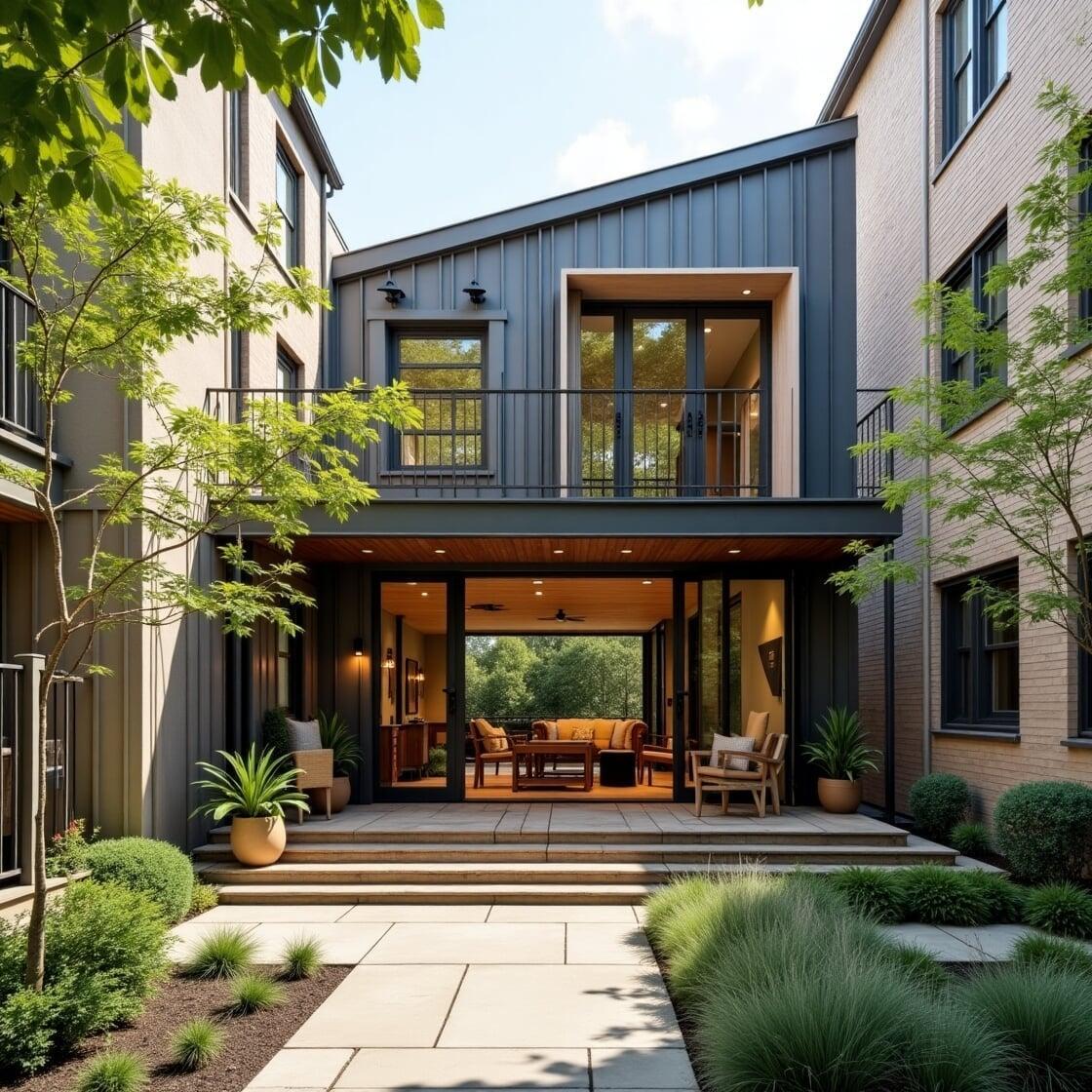| Table of Content |
| 1. What is an ADU? |
2. Benefits of Building a Permitted ADU in California |
| 3. Current ADU Laws in California |
| 3.1 Key Legislation |
| 4. The Idea of Permit-Free ADUs: Why It's Gaining Momentum |
4.1 Why Lawmakers Are Considering Permit-Free Reform |
4.2 Potential Models for Permit-Free ADUs |
4.3 Potential Risks and Considerations |
| 5. What’s Next for ADU Reform in 2025? |
| 6. FAQ |
In a bold move to address California’s growing housing crisis, lawmakers are now considering the idea of eliminating local permits for Accessory Dwelling Units (ADUs) altogether. While current legislation has significantly reduced barriers to ADU construction, some believe going fully “permit-free” is the next logical step in solving the state’s chronic housing shortage.
So, what would a permit-free ADU future look like? Would it improve affordability, or create new risks? Let’s dive into the evolving landscape of ADU policy in California and explore the possibility of permit-free ADU development.

✅ Benefits of Building a Permitted ADU
Even in a reform-focused environment, there are key reasons to pursue a permitted ADU:
✔️ Legal rental income from long-term tenants
✔️ Increase in property value and resale appeal
✔️ Access to insurance and financing
✔️ Peace of mind with safety and code compliance
✔️ Eligibility for property tax reassessments and appraisals
Building a permitted ADU ensures your investment is protected and legally recognized.
📜 Current ADU Laws in California
Since 2017, California has passed multiple bills aimed at streamlining ADU development:
Key Legislation:
SB 13 (2020): Eliminated owner-occupancy requirements and capped impact fees
AB 68 & AB 881: Overrode restrictive local ordinances and required faster approvals
AB 1033 (2023): Enabled ADUs to be sold separately as condominiums (in participating cities)
These laws have fast-tracked ADU approvals, but permits are still required—typically involving planning, zoning, and inspections.
🔁 The Idea of Permit-Free ADUs: Why It's Gaining Momentum
Why Lawmakers Are Considering Permit-Free Reform:
🏘️ Speed Up Housing Supply: Permits often delay ADU projects for months or years
💰 Lower Development Costs: Permits and compliance can cost $10,000–$50,000+
🏠 Unlock Informal Units: Many ADUs already exist without permits but aren’t legal to rent
🔧 Reduce Bureaucracy: Simplifies the process for homeowners and overburdened planning departments
Some policymakers argue that relaxing or eliminating permit requirements for small ADUs could unleash a wave of new housing—especially in high-cost urban areas.
Check ADU Permit Fee Waivers in California
🏛️ Potential Models for Permit-Free ADUs
If California were to allow permit-free ADUs, these approaches could emerge:
1. Pre-Approved ADU Plans
The state or cities could offer pre-approved designs that can be built without individual plan review. Homeowners would simply register their intent to build.
2. Permit-Free Units Under a Size Threshold
For example, any ADU under 500 sq. ft. that meets certain height, setback, and utility rules might be exempt from traditional permits.
3. Self-Certification by Licensed Contractors
Instead of submitting for a permit, contractors might certify compliance with building code—similar to what's done in solar installations or small home repairs.
🔎 Potential Risks and Considerations
While permit-free ADUs offer speed and affordability, they may also raise concerns:
❌ Safety and construction quality risks
⚖️ Legal liability for homeowners
🏘️ Neighborhood opposition or NIMBY lawsuits
🛑 Insurance or financing challenges without city approval
🏚️ Oversaturation or poor land-use planning
Most experts agree that some level of review is still necessary to ensure safe, legal, and livable housing.
📅 What’s Next for ADU Reform in 2025?
There’s no finalized legislation yet to make ADUs entirely permit-free, but the conversation is heating up.
Possible 2025 Reforms Include:
Expanding ministerial (automatic) approvals
Allowing self-certified or low-code ADUs for backyard use
Streamlining inspection processes or replacing them with affidavits
Encouraging statewide pre-approved ADU plans

